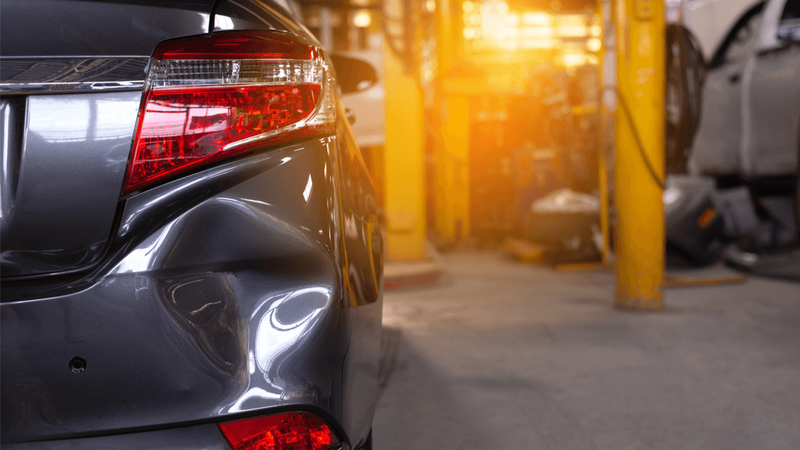Virtually everyone has had a close call, but occasionally a near-miss turns into a direct hit.
To err is human, but when it happens while driving, it often ends in a collision. From an auto insurance perspective, an at-fault collision can be a costly mistake. It takes about six years for a collision to no longer factor into the premium you pay.
However, the reality is that accidents happen but knowing why, where, and when collisions occur can go a long way in avoiding them.
Why car accidents happen
Collisions are mostly avoidable. The Traffic Injury Research Foundation estimates that 90% of all road crashes result from human error.
Human error, however, includes poor decisions. Following too closely, speeding, driving while distracted or impaired, ignoring traffic signals or signs, and refusing to yield right-of-way are all decisions that can easily lead to a collision. Despite the common phrase, “rules are made to be broken,” this is not the case when you are driving.
Where collisions happen
Whatever the error in judgement that led to the collision, car accidents are most common at an intersection, according to Transport Canada’s National Collision Database (NCDB). Whether it is where two roads meet or where there’s an entrance (or exit) to a parking lot or driveway, 48% of accidents happen when drivers are potentially turning.
No matter where the collision occurred — whether it was at an intersection, mid-block, or on a highway — almost one in four collisions (24%) involved one driver rear-ending another driver.
When auto accidents happen
You’d think most accidents happen when the weather is foul, when it is raining, foggy, or snowing, but this is not the case. Based on the collisions recorded by the NCDB, the overwhelming majority (69%) happen when it is clear and sunny out.
Accidents are also more likely to happen:
- On Fridays (17%)
- During the evening rush hour between 3 p.m. and 6 p.m. (25%)
- When you are driving on your own (72%)
Low auto insurance rates are no accident
Your driving record and insurance history factor heavily into the auto insurance rate you pay. If you have been involved in an at-fault collision, you know this to be true. The good news is a collision will not follow you forever. In the meantime, the best way to drive down your auto insurance rates is to shop around. It is the only way to know for certain that you are getting the lowest rate possible.
